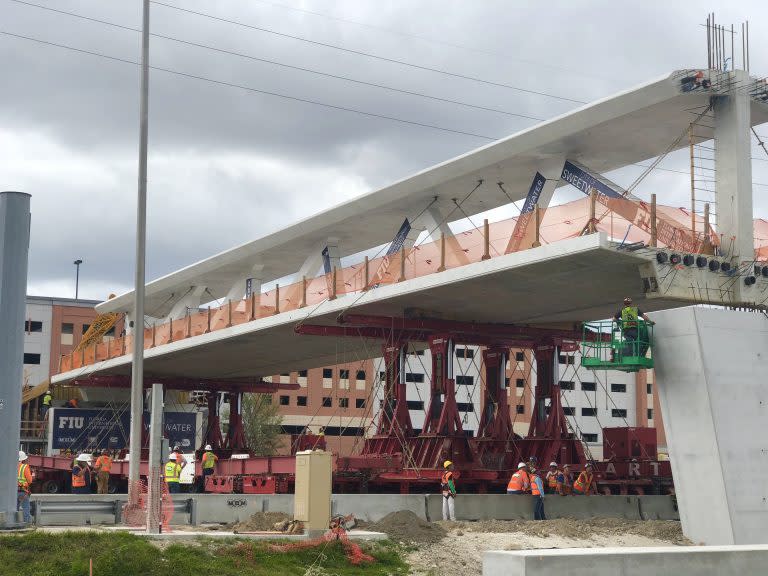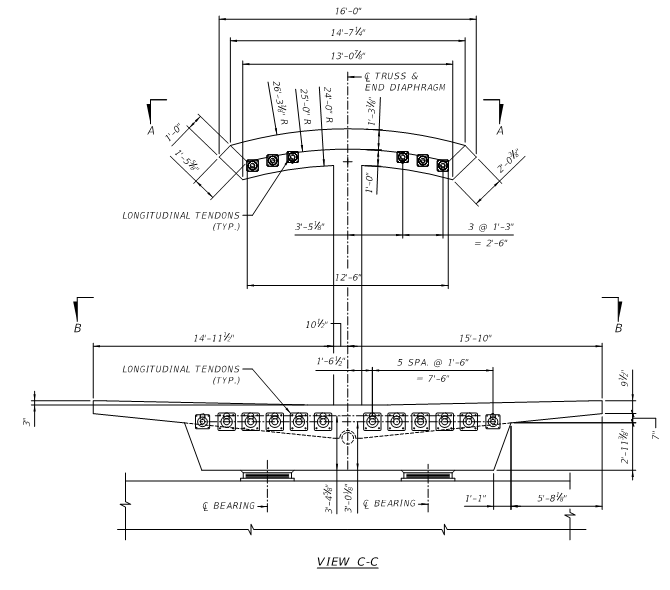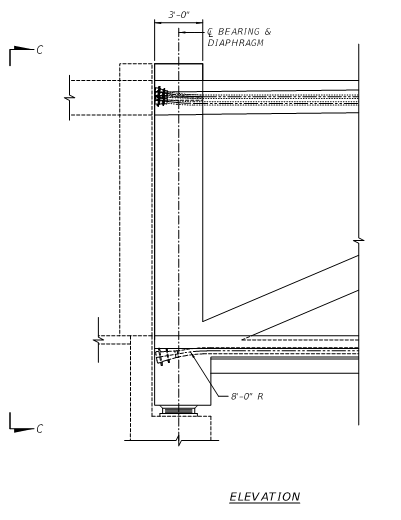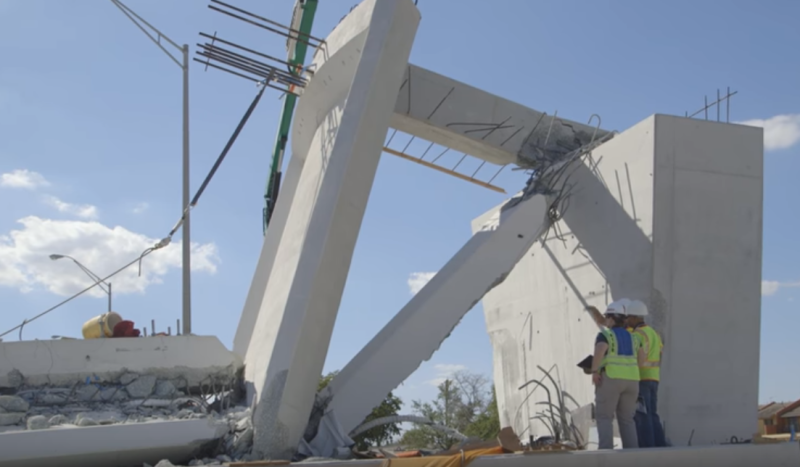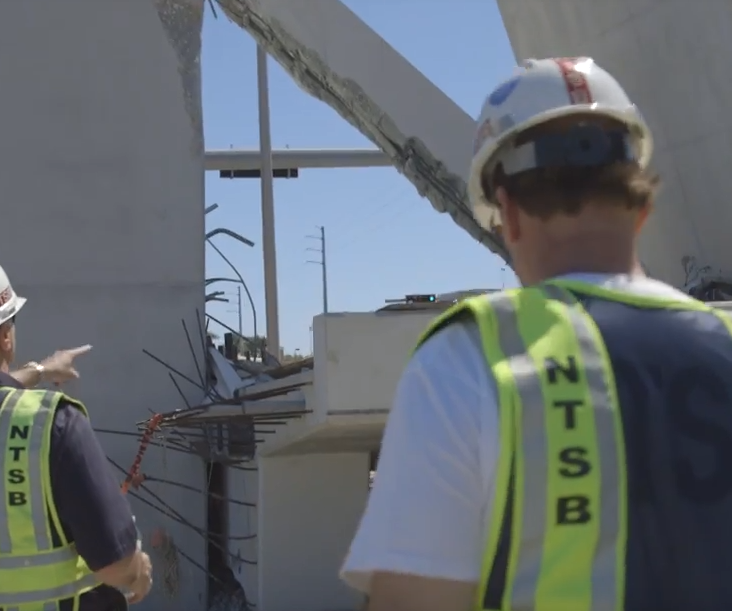@ Lnewqban
I have a bit of experience with SPMTs. They are really a wonderfully designed piece of equipment, there are several manufacturers now but they all operate the same way. All of the axle lines during a normal transport are on the same hydraulic circuit which allows each axle to stroke up and down independent of adjacent axle lines while maintaining a constant bearing, so crossing normal bumps and slight elevation changes are no problem. But the axles only have 1ft of up/down stroke so there are limits. Also they talk about them in terms of the number of axles but there really are no axles, they have independent, two tire hubs on either side of an axle line.
And just because I think they are so cool, here's some more. Any hub can be isolated and raised, for instance if a tire blows out. They can turn the hubs on either side of the axle line independent from each other so you can walk the trailer nearly 90 deg from its long axis, or almost pivot in place, wonderful things.

